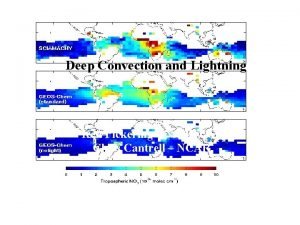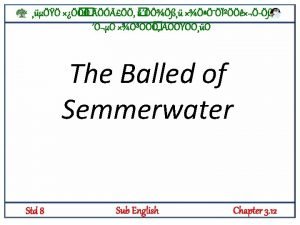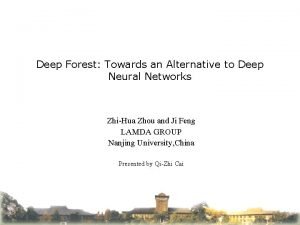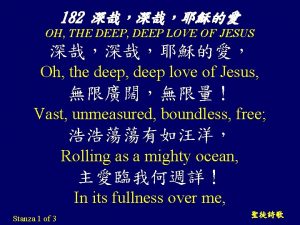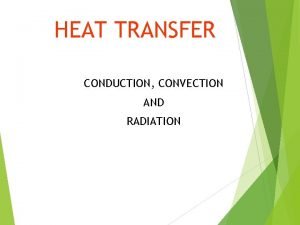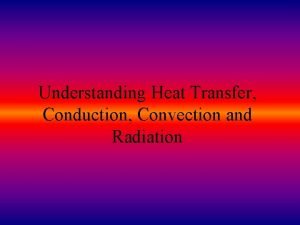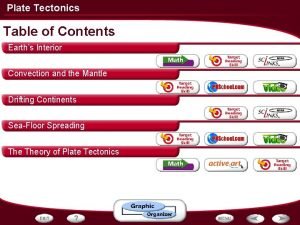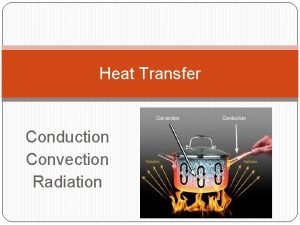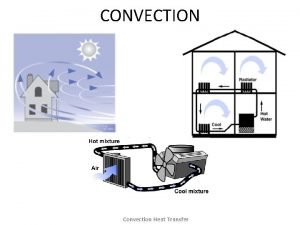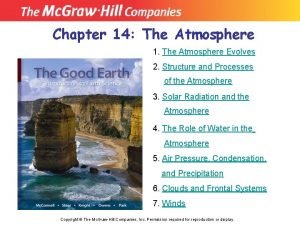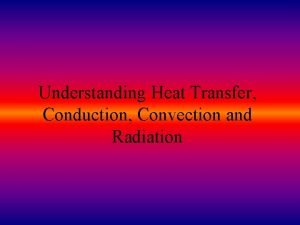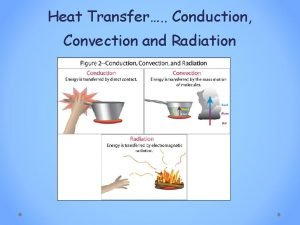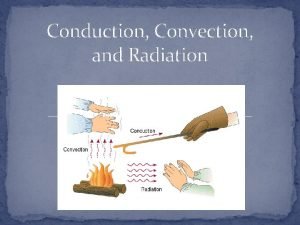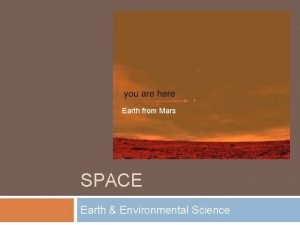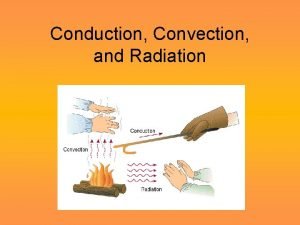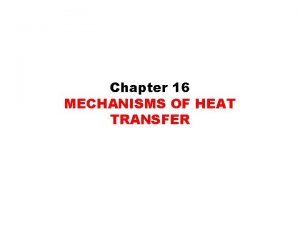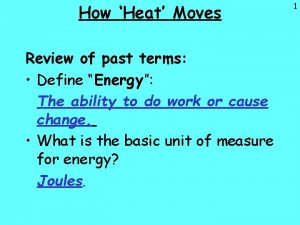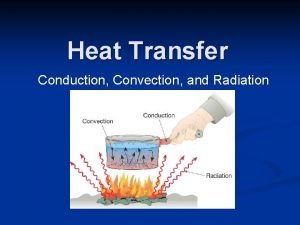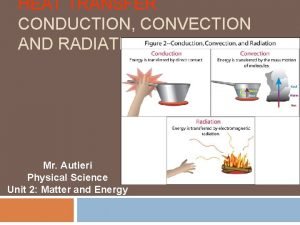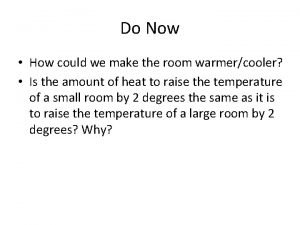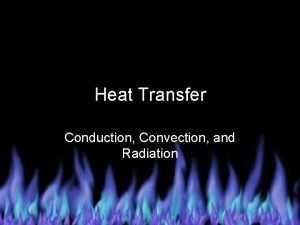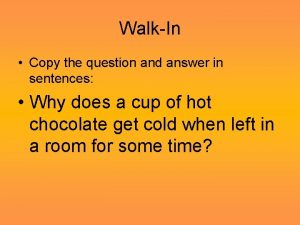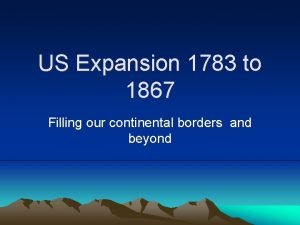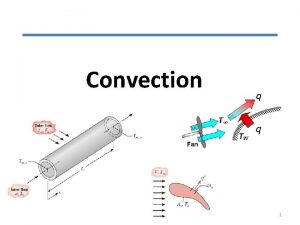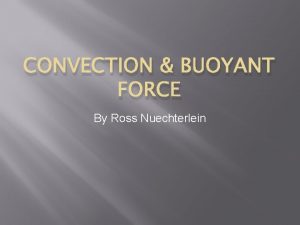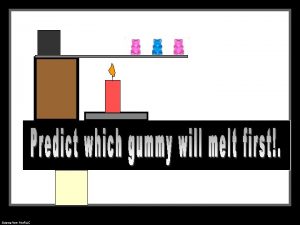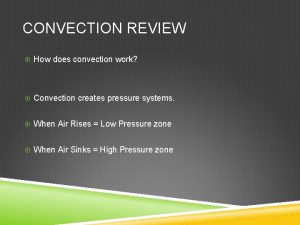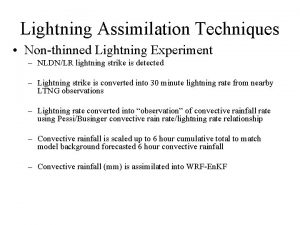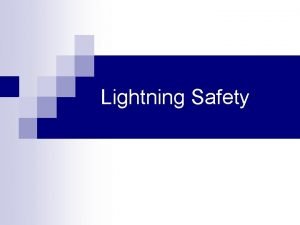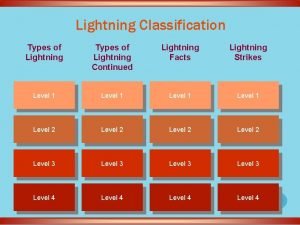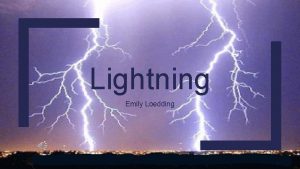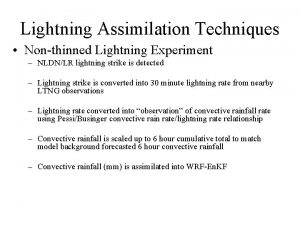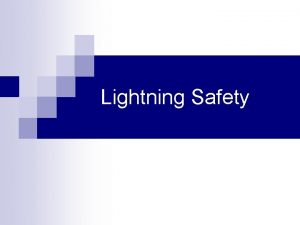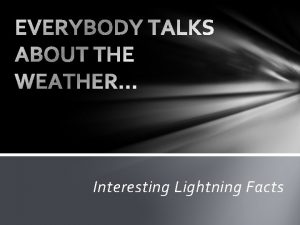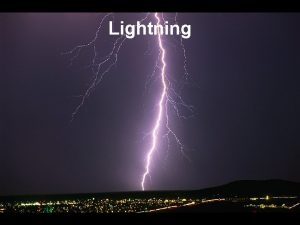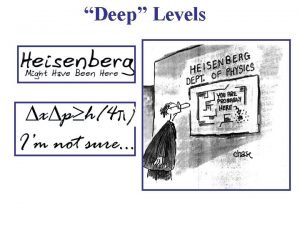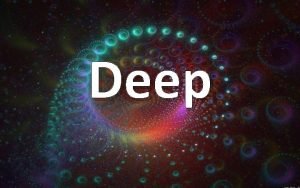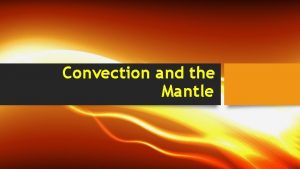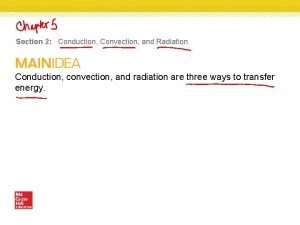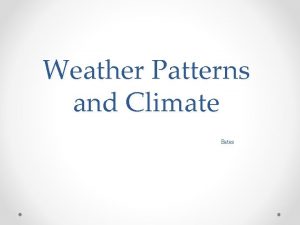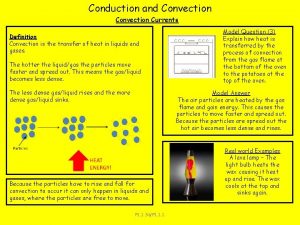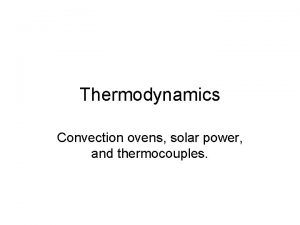Deep Convecton and Lightning Deep Convection and Lightning























- Slides: 23

Deep Convecton and Lightning Deep Convection and Lightning Ken. Pickering––NASA/GSFC NASA GSFC Ken Chris Cantrell –– NCAR Chris Tropospheric Chemistry Future Activities Meeting March 8, 2007 July 12, 1996 STERAO-A storm – NE Colorado

Topics • Effects of deep convection on atmospheric chemistry - examples • Science questions • What is needed for a successful mission? • Discussion

Effects of Deep Convection “Polluted Regions” - Venting of boundary layer pollution - Transport of NOx, NMHCs, CO, and HOx precursors to the UT (and sometimes to the LS), where chemical lifetimes are longer and wind speeds greater - Downward transport of cleaner air to PBL - Transported pollutants allow efficient ozone production in UT, resulting in enhanced UT ozone over broad regions - Increased potential for intercontinental transport - Enhanced radiative forcing by ozone

Effects of Deep Convection “Clean” Regions - In remote regions low values of O 3 and NOx are transported to UT - Potential for decreased ozone production in UT - Larger values of these species transported to PBL where they can more readily be destroyed All Regions - Lightning production of NO - Perturbation of photolysis rates - Effective wet scavenging of soluble species - Nucleation of particles in convective outflow

Aircraft Measurements of Trace Gas Redistribution in Oklahoma PRESTORM June 15, 1985 MCC CO O 3 Dickerson et al. , 1987, Science

Pickering et al. , 1990

NASA GTE/TRACE-A Pickering et al. , 1996

Cloud-resolved Storm Simulations with Lightning Storm STERAO - 7/12/96 Location References NE Colorado De. Caria et al. (2000, JGR; 2005, JGR) STERAO – 7/10/96 NE Colorado Ott et al. (2006, Ph. D; 2007, JGR, in prep. ) EULINOX – 7/21/98 Bavaria CRYSTAL-FACE 7/29/02* 7/16/02** * Run using MM 5 ** Run using ARPS S. Florida Ott et al. (2007, JGR, in press) Fehr et al. (2004, JGR) Ott et al. (2006, Ph. D; 2007, JGR, in prep. ) ditto

EULINOX July 21, 1998 PCG = 360 moles/flash PIC = 414 moles/flash

Output from UMD CSCTM driven by cloud-resolved MM 5 simulation Latitude (deg) CRYSTAL-FACE

CRYSTAL-FACE IC/CG = 5 PCG = 590 moles/fl PIC = 354 moles/fl Model Ridley NO obs. + PSS NO 2 & j(NO 2) x 2

Lightning NO Production Scenarios Summary of Five Storms Orville et al. , 2002 Means: 500 moles/flash 0. 94 ratio

Need Measurements in Tropical Africa 10 -year Mean Flash Rate from the OTD & LIS Satellite Instruments Should span entire troposphere (will require multiple aircraft) What is the NOx yield for tropical IC and CG flashes? Flashes km-2 min-1 Annual Mean SCIAMACHY NO 2 Sampled During Months With Enhanced Lightning Martin et al. , in press

Impact of Lightning in INTEX-NA FLEXPART model Cooper et al. , 2006

Cloud-resolving Chemical Model Intercomparison Barth et al. , in prep.

Chemical Clock for Convective Influence – INTEX-NA 54% of air sampled between 7. 5 and 11. 5 km influenced by convection in the past two days Bertram et al. , 2007

MLS Shows Impact of Convective Transport of Pollution Fu et al. , 2006

Science Questions (1) • What are the relative characteristics of convective transport for various types of convection (squall lines, single cell, multicell, supercell)? What are the inflow regions (lower BL, upper BL, above BL)? What are primary entrainment/detrainment layers? How much stratospheric air is entrained into the anvil? How much transport is there into the lowermost stratosphere? • What is the transport efficiency of BL air in various types of convection and in different environmens? What percentage of BL air reaches the UT/LS?

Science Questions (2) • What is the average amount (and range) of NO produced per cloud-to-ground and per intracloud lightning flash? • Does the NO produced from lightning correlate with length of flash or with flash intensity (e. g. , peak current)? • Does the mean production per flash vary from one region of the world to another? • What shape does the vertical profile of lightning NOx take upon dissipation of a thunderstorm? • How should lightning NOx be best represented in regional and global chemical models?

Science Questions (3) • What is the fate of soluble species in deep convection? • How is the convective transport of soluble species affected by phase changes of hydrometeors? What fractions of these species are retained in the ice phase after freezing? • What is the effect of convection on downwind photochemistry? By how much are NOx and HOx levels perturbed? How much ozone is produced in the convective outflow over the 12 – 48 hours following a storm? How does the downwind UT chemistry vary with different surface emissions and lightning flash rates?

Science Questions (4) • How well do parameterizations represent convective transport of chemical tracers in regional and global models? • How important are regions of monsoon convection in the vertical transport of pollution? • How effectively (and on what time scale) do thunderstorms replace UT air with lower tropospheric air (convective recycling) over particular regions of the globe? • What is the net global effect of deep convection on tropospheric ozone?

Mission Requirements • Multiple aircraft for: Characterizing boundary layer Performing anvil transects Obtaining full undisturbed tropospheric profiles Tracking downwind chemical evolution of convective outflow Storm penetration • • Thunderstorm forecasting capability Dual-Doppler Radar VHF 3 -D total lightning mapping systems Enhanced rawinsonde network

Mission Requirements • Satellite Observations Trop. NO 2 column – OMI, SCIAMACHY, Met. Op/GOME-2 Profiles of CO, O 3 – TES, MLS UT HNO 3 – TES, MLS, ACE Trop. O 3 column – OMI-MLS, Met. Op/IASI Clouds – GOES, Cloud. Sat, CALIPSO • Cloud-resolved modeling with chemistry – testing transport, representation of soluble species and lightning • Regional and global modeling – testing convective parameterizations, testing UT photochemistry in outflow
 Convecton
Convecton Deep asleep deep asleep it lies
Deep asleep deep asleep it lies Deep forest: towards an alternative to deep neural networks
Deep forest: towards an alternative to deep neural networks 深哉深哉
深哉深哉 Example of radiation heat transfer
Example of radiation heat transfer How does conduction transfer heat
How does conduction transfer heat Solid liquid venn diagram
Solid liquid venn diagram Plate tectonics
Plate tectonics What is heat transfer conduction convection and radiation
What is heat transfer conduction convection and radiation Characteristic length
Characteristic length Venn diagram of conduction, convection and radiation
Venn diagram of conduction, convection and radiation Sunbathing on the beach convection
Sunbathing on the beach convection Method of heat transfer
Method of heat transfer Radiation examples
Radiation examples Convection conduction radiation
Convection conduction radiation List two examples of convection
List two examples of convection Objectives of heat transfer
Objectives of heat transfer How heat moves
How heat moves Whats conduction convection and radiation
Whats conduction convection and radiation How is conduction transferred
How is conduction transferred Difference between conduction convection and radiation
Difference between conduction convection and radiation Whats conduction convection and radiation
Whats conduction convection and radiation Convection in a sentence
Convection in a sentence Convection of 1818
Convection of 1818
